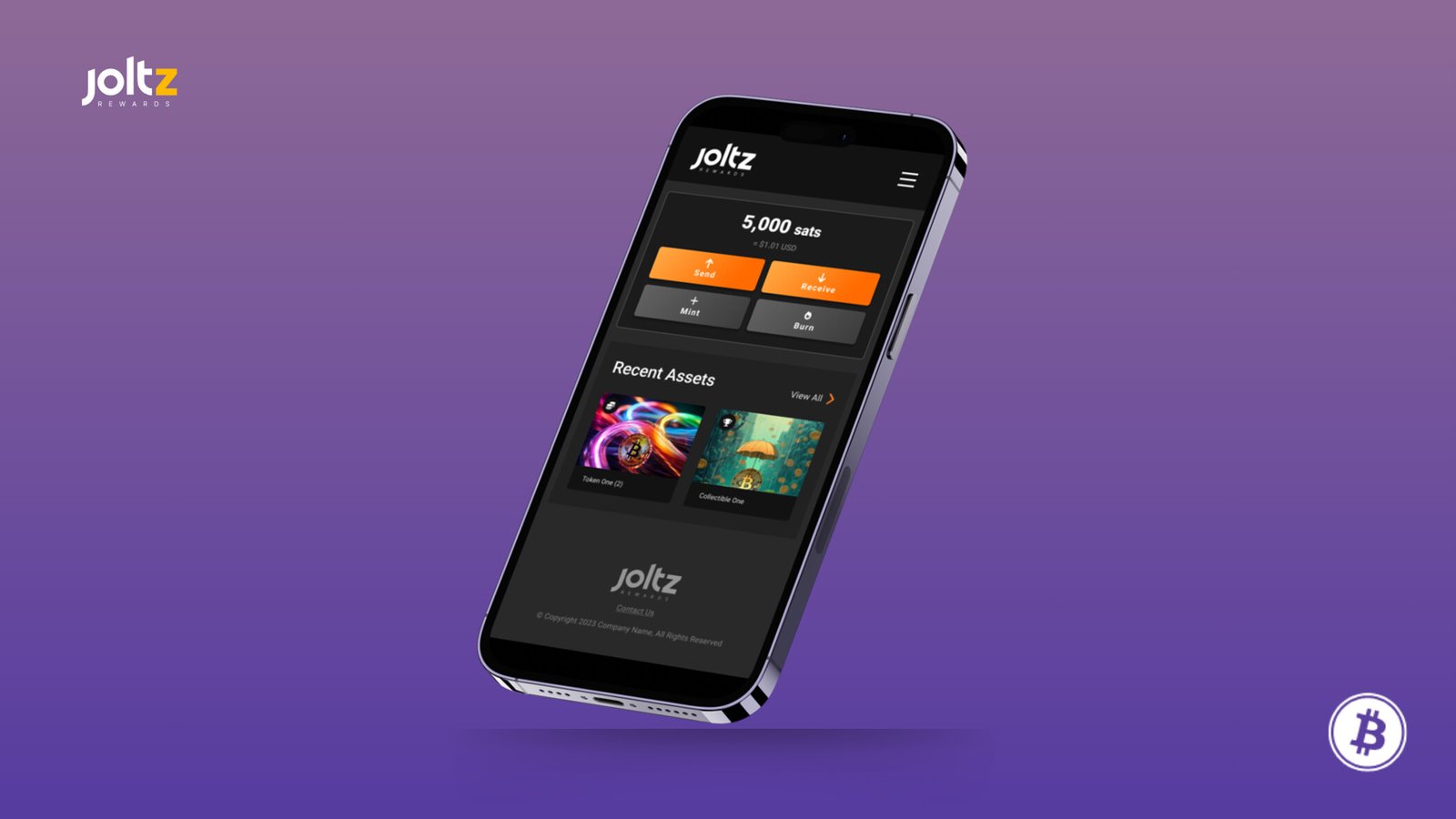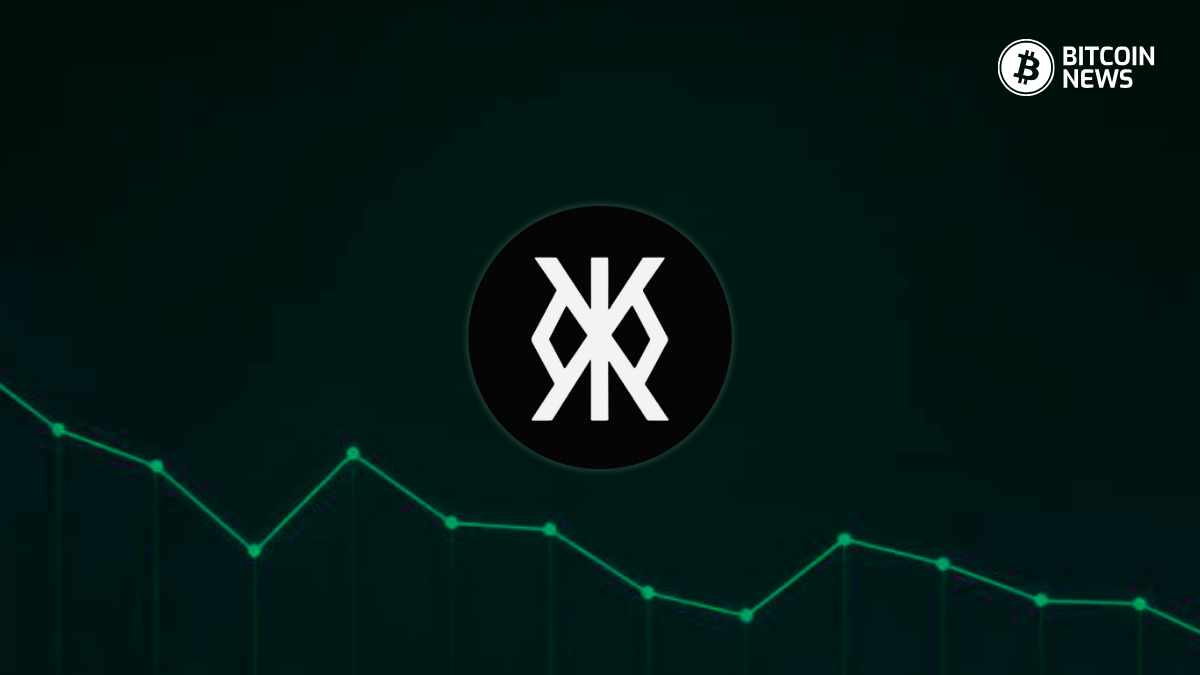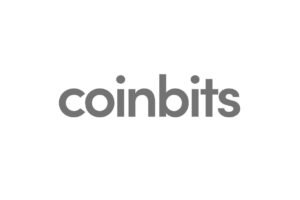Latest Articles
May 20, 9:30 am
Venezuela Cracks Down on Bitcoin Mining to Protect Power Grid
May 20, 9:00 am
Data Science Made Easy: Visualizing Stock and Bitcoin Returns
May 20, 8:45 am
Bitcoin Network Fees Plummet to Record Lows Impacting Miners
May 20, 8:15 am
A Look at Bitcoin’s Visual and Digital Representations
May 20, 8:00 am
Bitcoin Bull Peter Brandt Clashes with Skeptic Peter Schiff
May 20, 7:45 am
Concerns Arise Over Centralization as Antpool Mines 7 Blocks in A Row
May 19, 1:29 pm
Bitcoin’s Bullish Momentum: It Has “A Lot of Room To Run”
Venezuela Cracks Down on Bitcoin Mining to Protect Power Grid
May 20, 2024 · 4 min
Venezuela Cracks Down on Bitcoin Mining to Protect Power Grid
May 20, 2024 · 4 min
- Editor’s Picks
Concerns Arise Over Centralization as Antpool Mines 7 Blocks in A Row
May 20, 2024 · 3 min
Over 900 Professional Firms Flock to Bitcoin ETFs: K33 Research
May 19, 2024 · 4 min
Congress Overturns SAB 121 Ruling – “We Are So Back”
May 18, 2024 · 3 min
CME Exchange Plans on Launching Bitcoin Spot Trading Platform
May 17, 2024 · 3 min
MicroStrategy Secures Spot on Prestigious MSCI World Stock Index
May 16, 2024 · 3 min
Banking Giants Reveal New Bitcoin ETF Investments
May 15, 2024 · 3 min
Bitcoin Layer 2 Solutions: Unlocking the Potential of Digital Gold
May 14, 2024 · 3 min
Runes Protocol Activity Shows Dramatic Decline 20 Days After Launch
May 13, 2024 · 3 min
JPMorgan Invests in Bitcoin ETFs Despite CEO’s Skepticism
May 12, 2024 · 3 min
EU Regulator Eyes Bitcoin Integration in €12T Mutual Fund Market
May 11, 2024 · 3 min
Media Partners
We’re a Bitcoin-focused media outlet reporting on breaking news and updates. Our mission is to promote education and awareness by sharing accurate market news to help accelerate adoption.
We’re a Bitcoin-focused media outlet reporting on breaking news and updates. Our mission is to promote education and awareness by sharing and honest and accurate market news to help accelerate adoption.





























